England - Sep18 - Imperial War Museum Duxford Part 1
|
|
For me, one of the highlights of the England trip was visiting the Imperial War Museum at Duxford. I wasn't really sure what to expect. I knew they it was at least in part an aviation museum.
In previous years, I have been to the Imperial War Museum in London, and the Royal Air Force Museum, in Herndon just outside of London. The RAF Museum was, and is, a world-class aviation museum.
As it turned out, so is the Imperial War Museum at Duxford.
|
| |
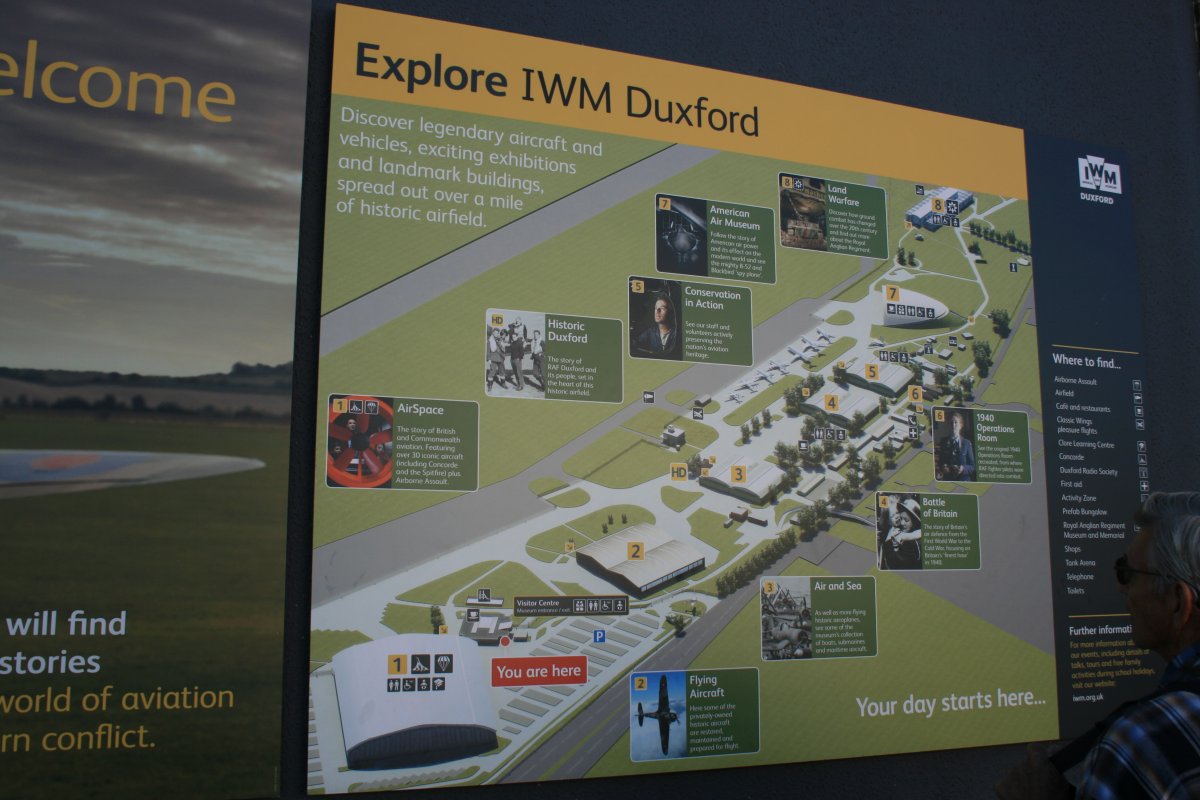 |
|
|
We were staying in nearby Cambridge, so we were at Duxford when the museum opened at 10AM.
|
| |
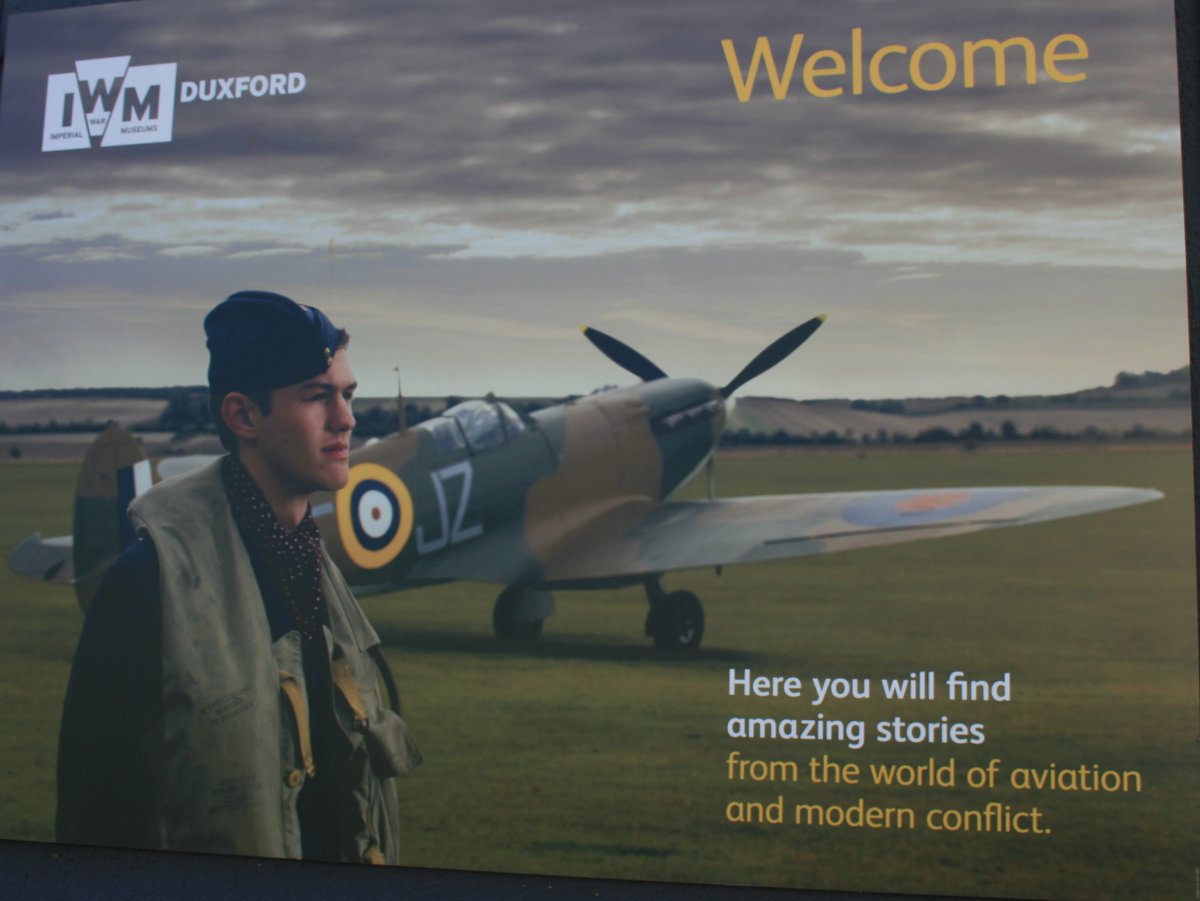 |
|
| We headed first to the huge Air & Space hangar. |
| |
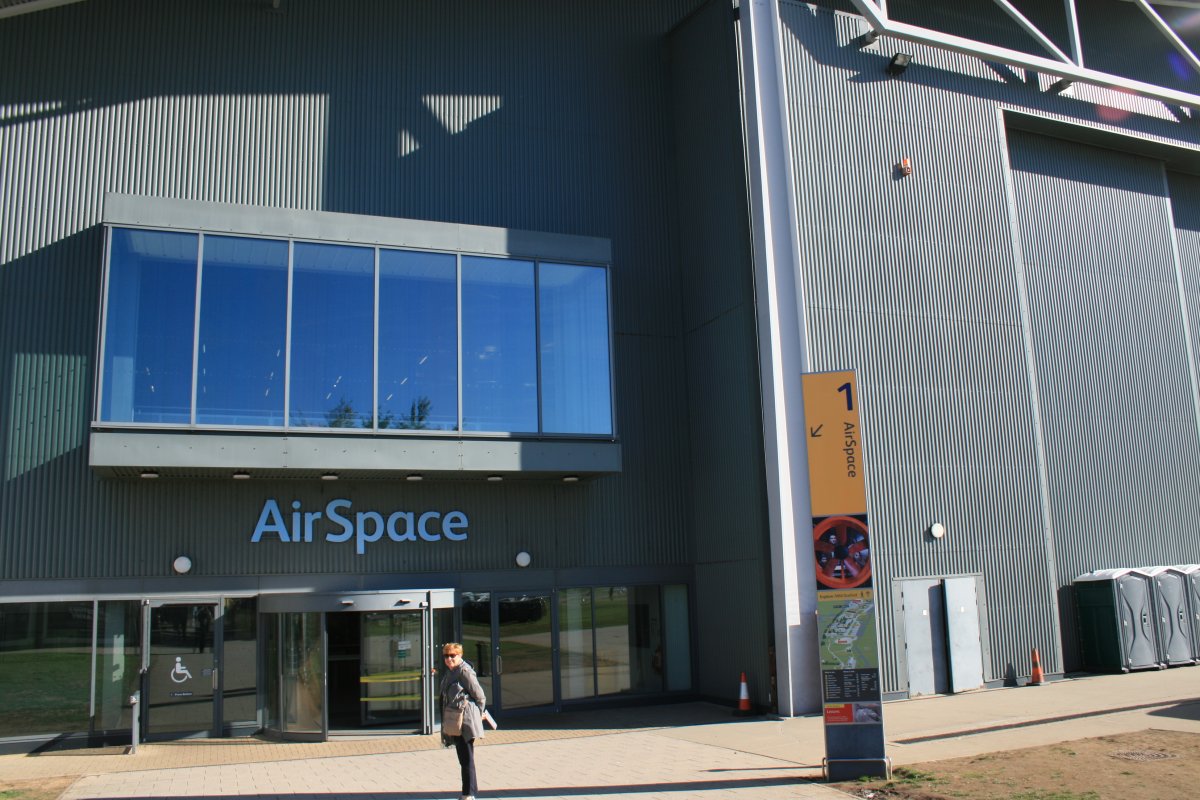 |
|
|
You can see how big it is from this picture.
|
| |
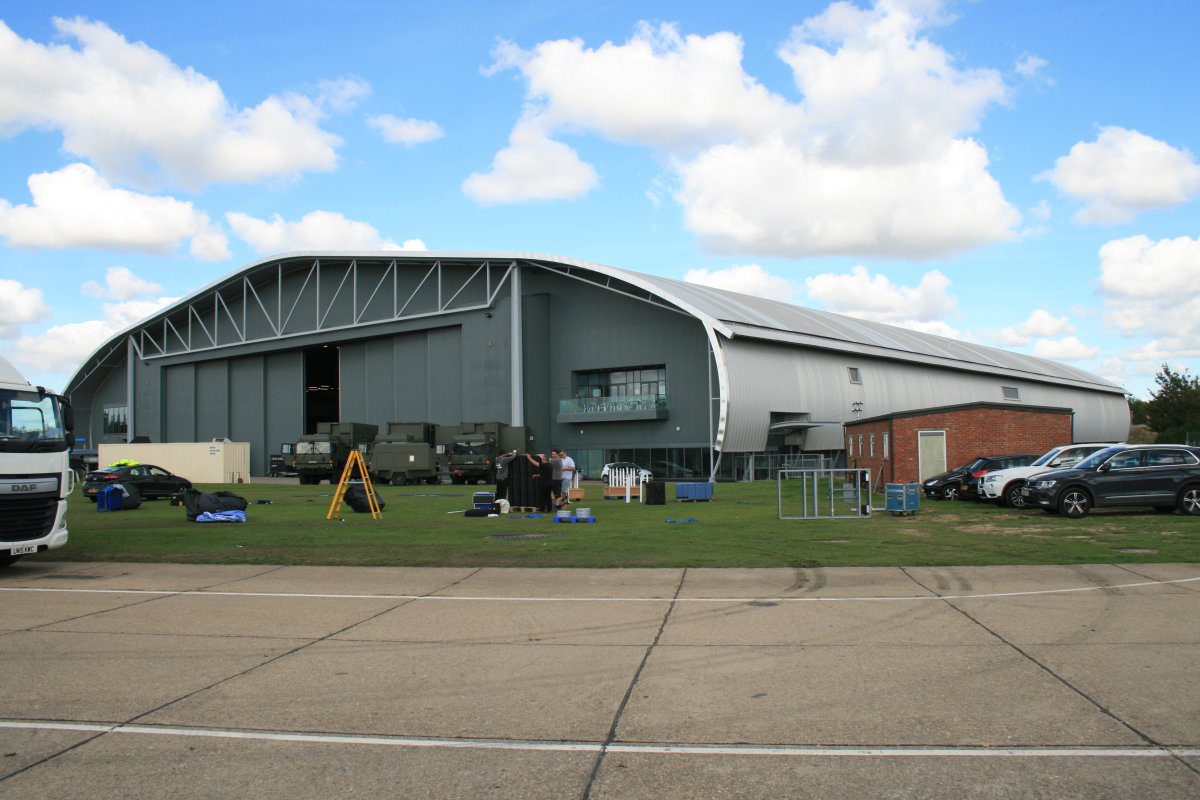 |
|
|
And inside. The big Vulcan jet bomber dominates the picture.
On the upper level there was a nicely done area on the history of flight, and how airplanes fly, etc.
|
| |
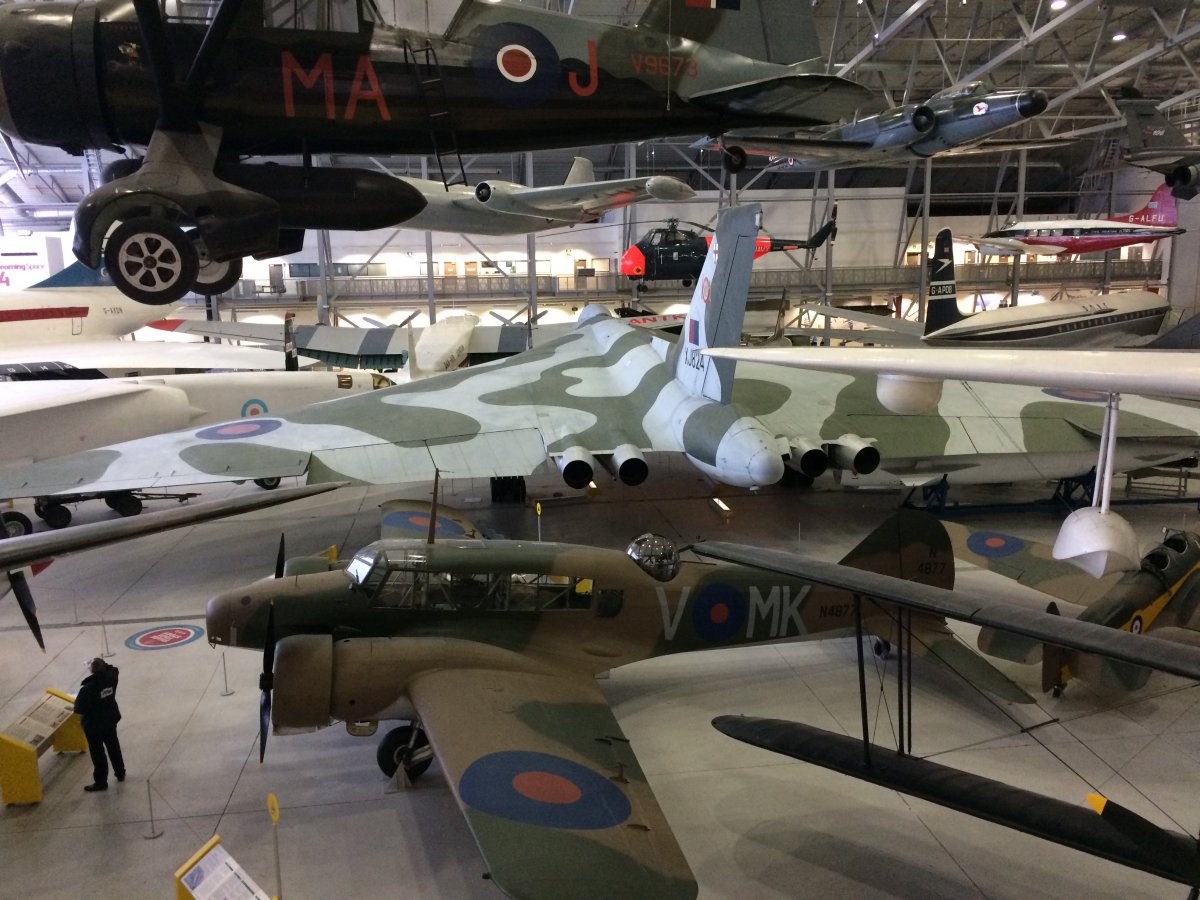 |
|
|
Yes, that's a Concorde supersonic passenger transport jet down there.
One very nice thing about Duxford was that each aircraft or exhibit had a very nice placard describing the aircraft and also the history of the particular airframe.
|
| |
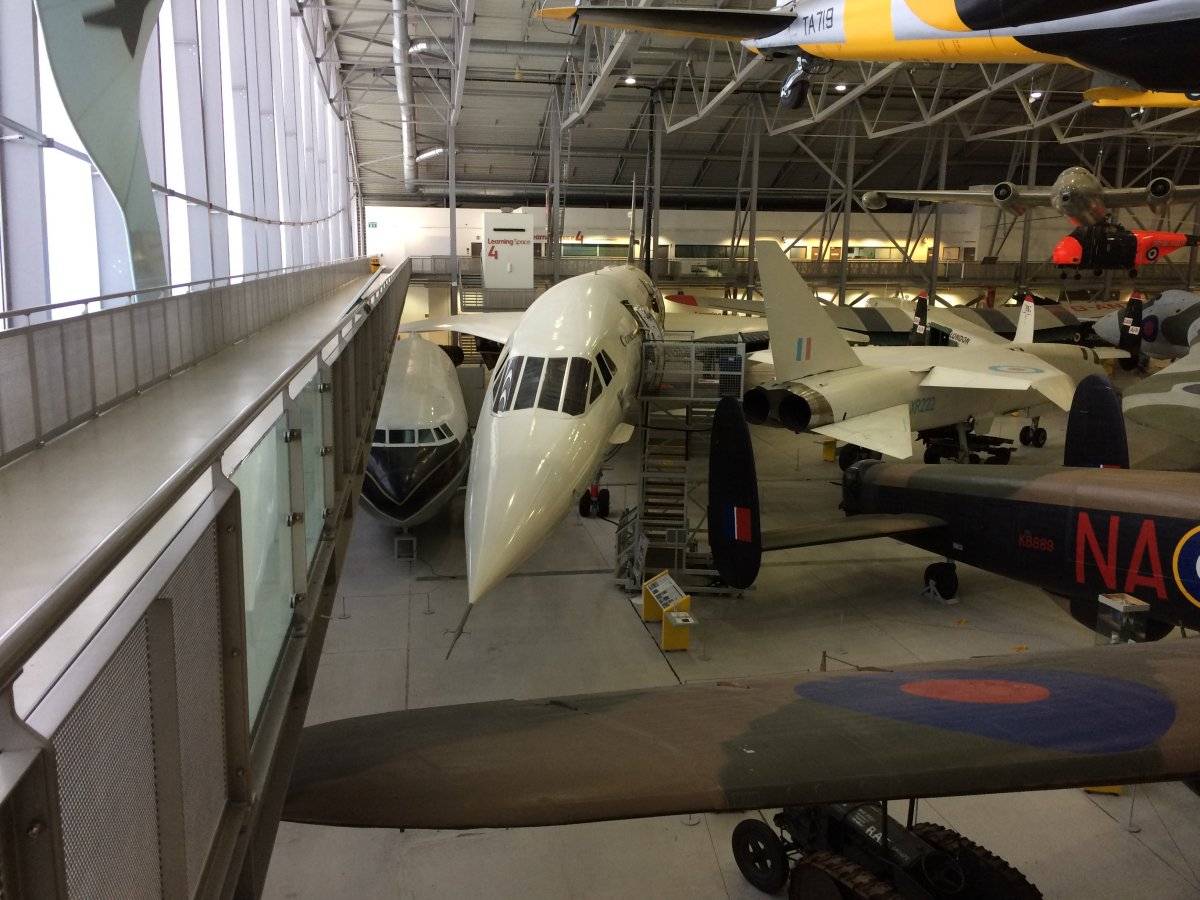 |
|
| The famous Lancaster bomber from World War II. The Royal Air Force used these to bomb at night, while the U.S. Air Force used B-17s and B-24s to bomb during the day. |
| |
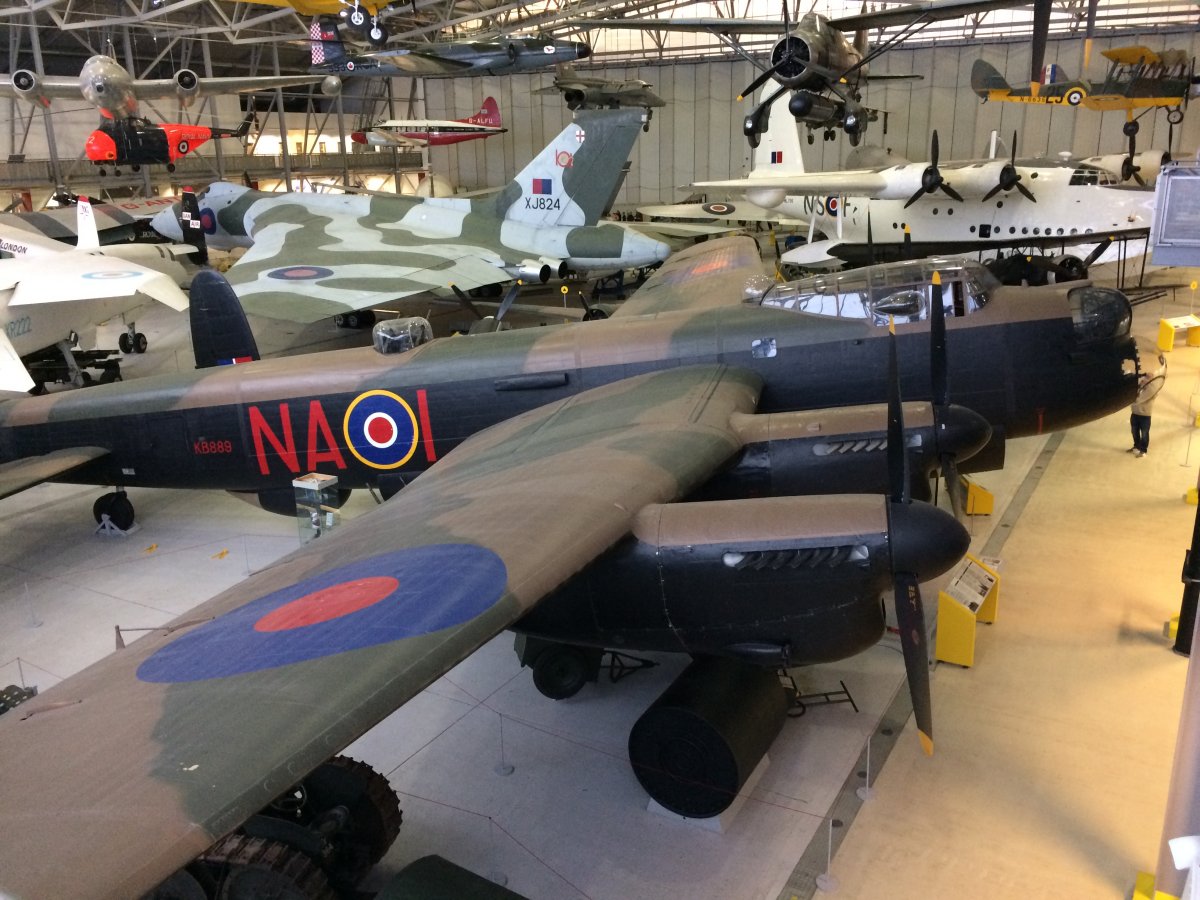 |
|
| The Lancaster from another angle. |
| |
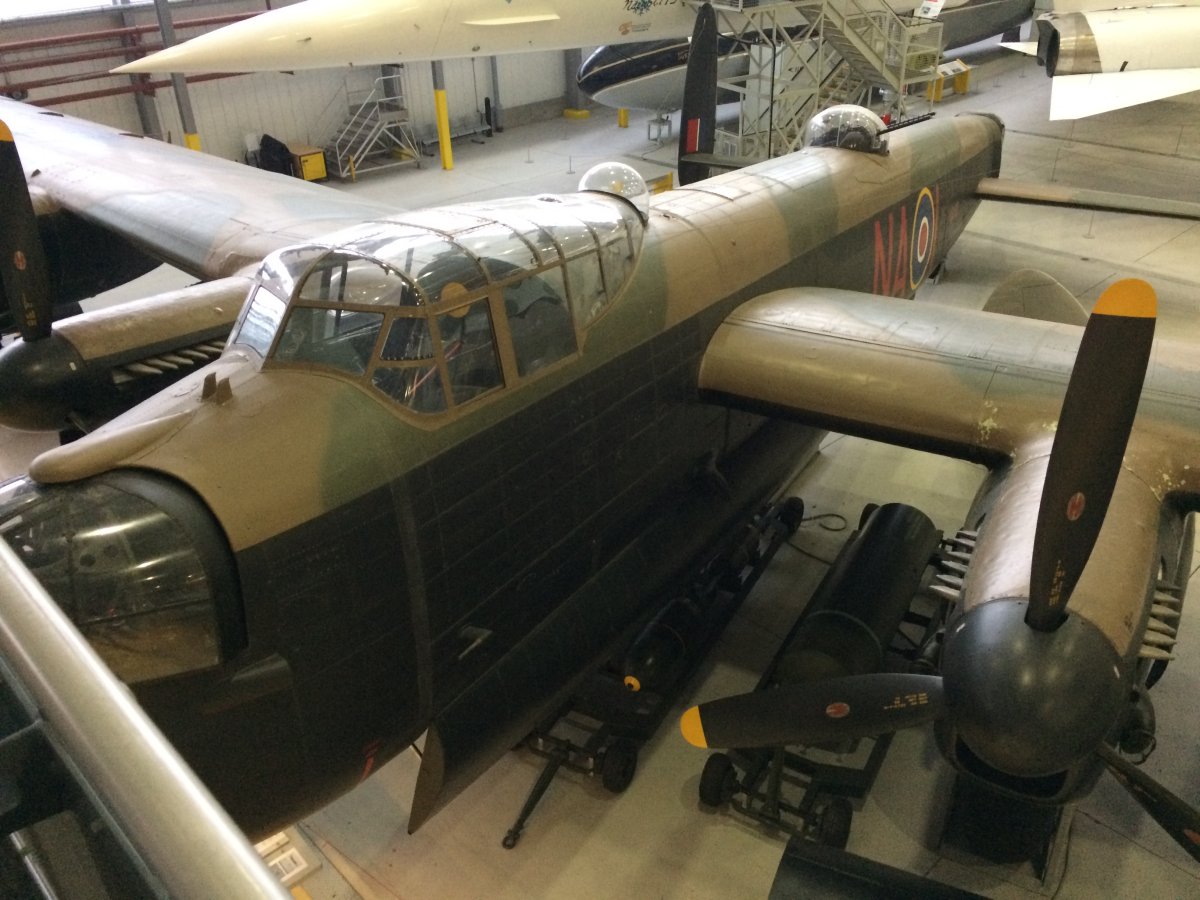 |
|
The Canberra, the Brit's first-generation jet-powered medium bomber. |
| |
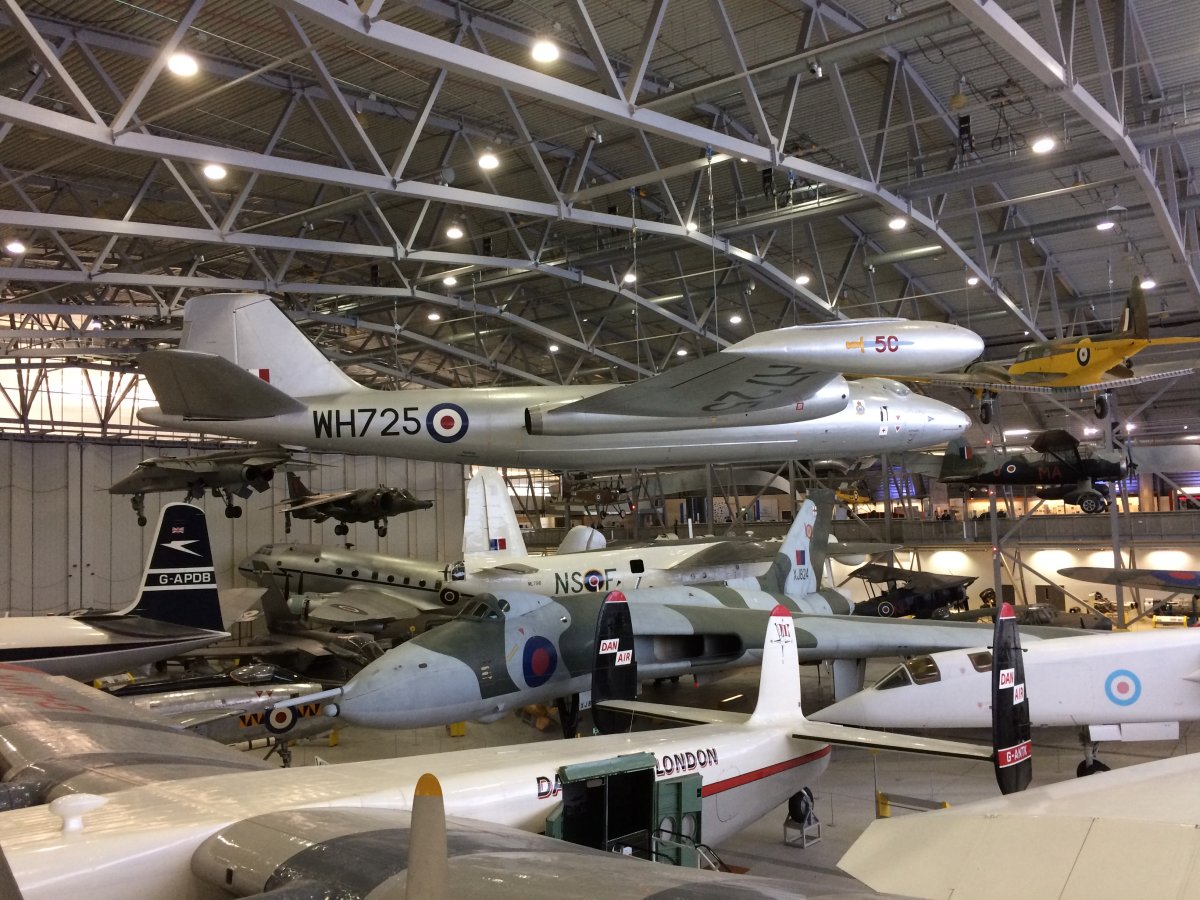 |
|
|
This huge Short Sunderland flying boat was too big to photograph in its entirety. The Sunderland was used for maritime patrol by the British in World War II.
Over the Sunderland is the British Aerosapce Harrier II, used by the Royal Navy. The Royal Navy and Royal Air Force retired their Harriers in 2010, along with the aging Invincible-class carriers they launched from. Aircraft carriers HMS Queen Elizabeth (commissioned in December 2017) and under construction HMS Prince of Wales are the two largest ships ever operated by the Royal Navy. The new carriers will embark 24 F-35s each. A force to be reckoned with.
|
| |
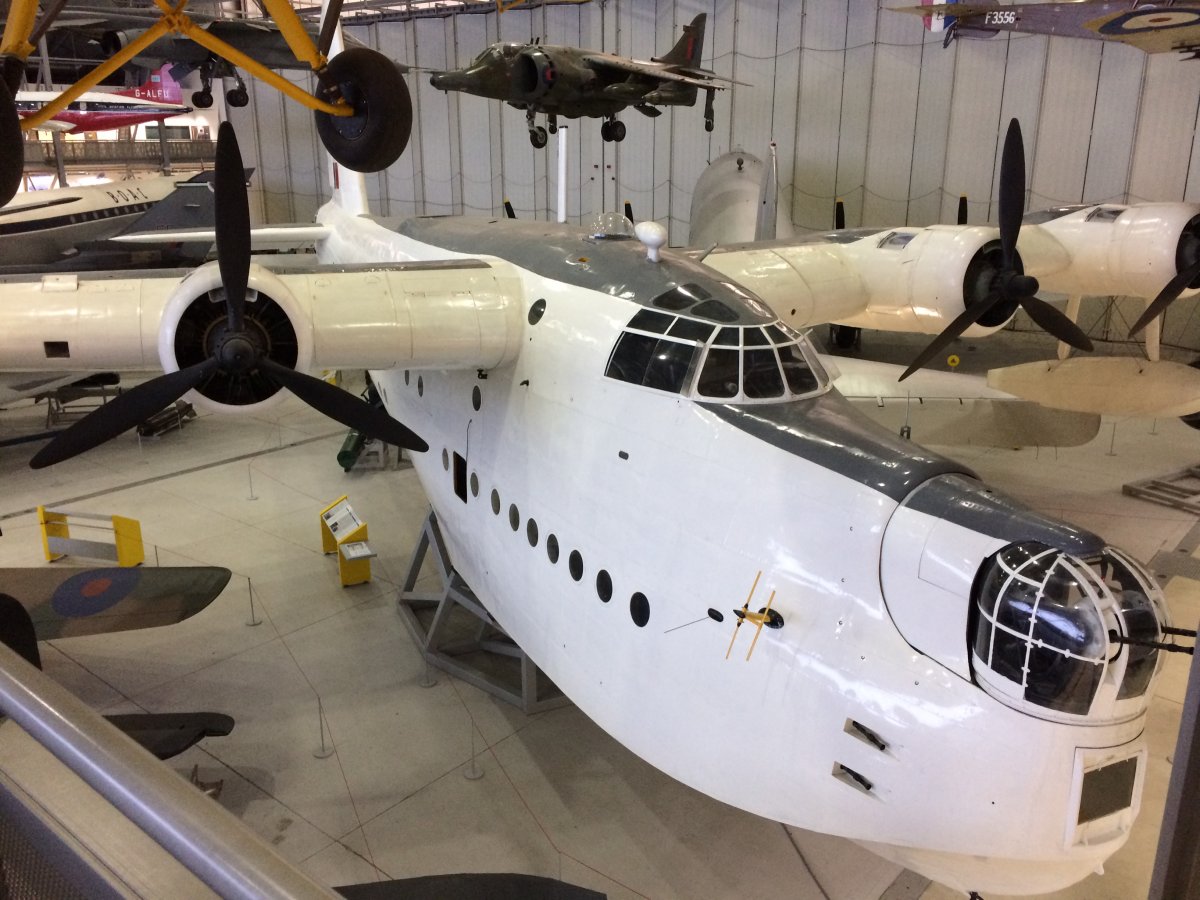 |
|
|
The Germans called it the Flying Porcupine.
|
| |
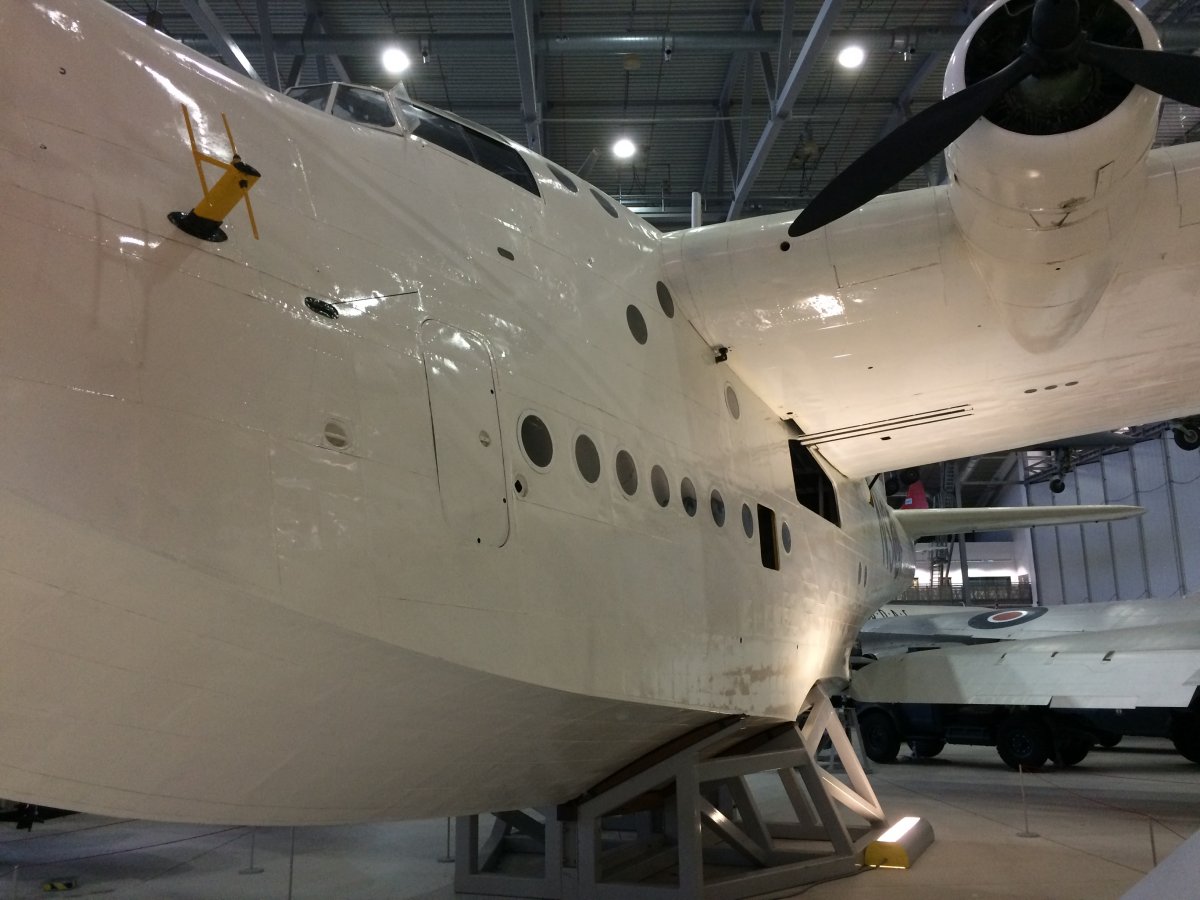 |
|
|
The versatile Westland Lysander, used in WWII for reconnaisance, artillery spotting, rescue and transport.
|
| |
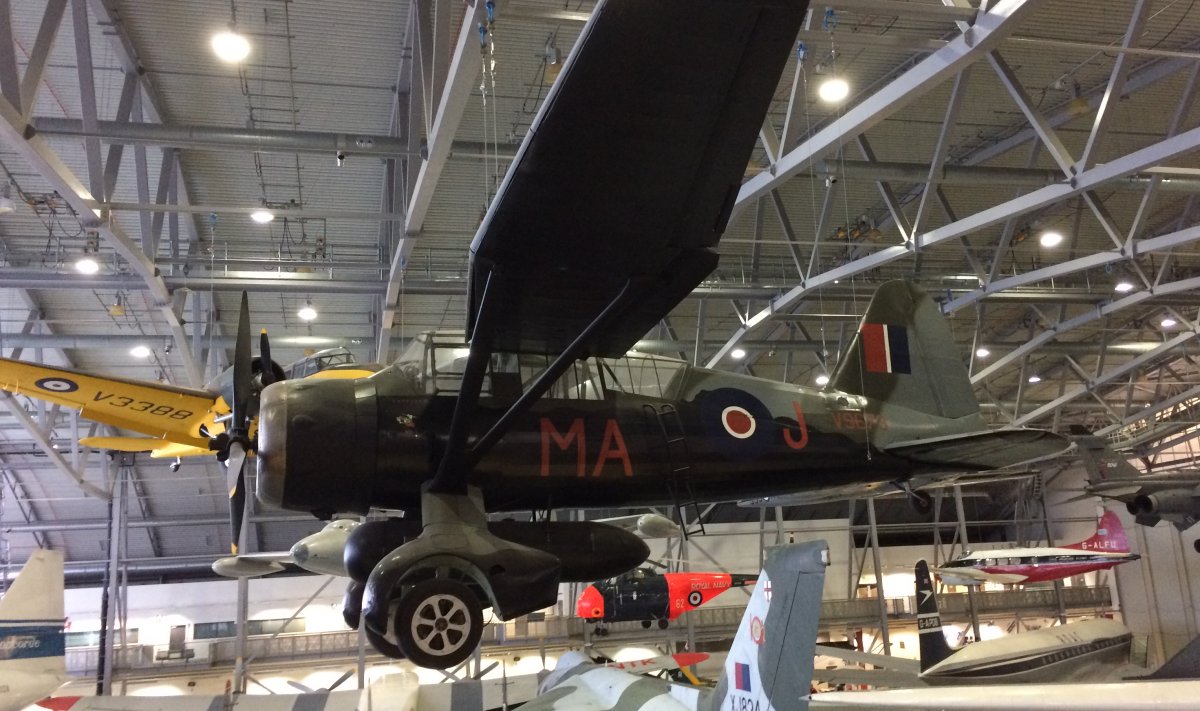 |
|
| Another very successful British aircraft design of World War II: the deHavilland Mosquito. Made of wood, with two Merlin engines, it was very fast. The British used it for everything: night fighter, medium bomber, reconnaisance, maritime strike, etc. |
| |
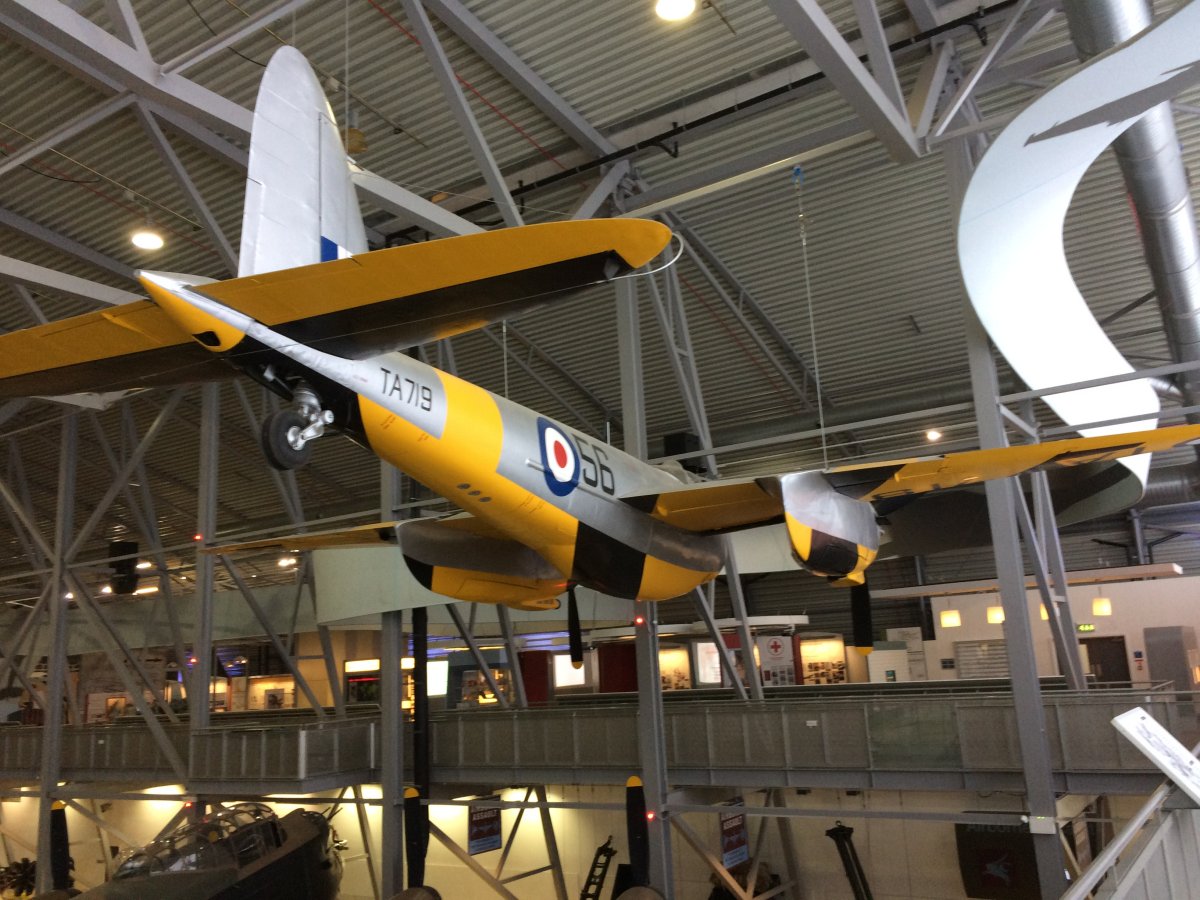 |
|
|
A Lightning F1, the RAF's interceptor/fighter from 1960-1988. The Lightning was unusual in the way its two engines were arranged, one on top of the other.
|
| |
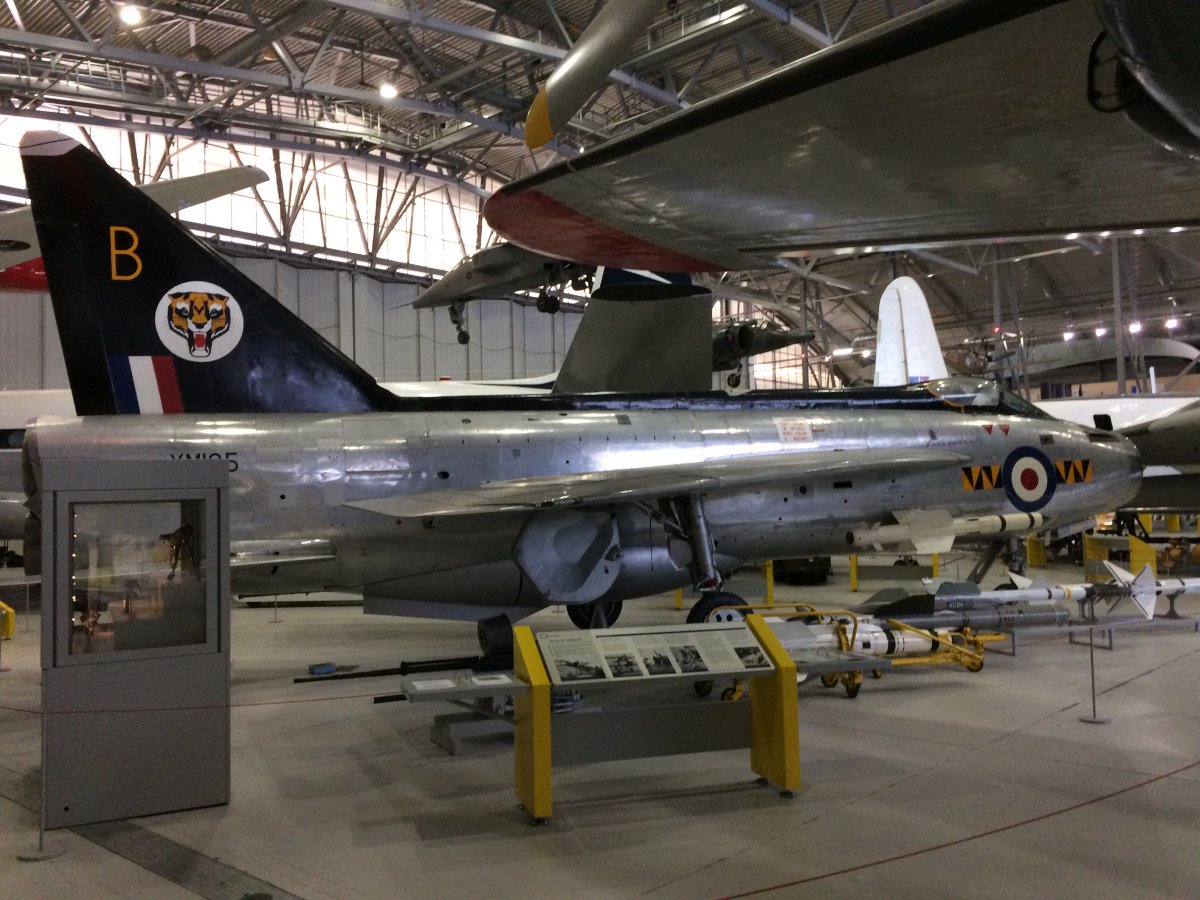 |
|
| A frontal view of the Vulcan. |
| |
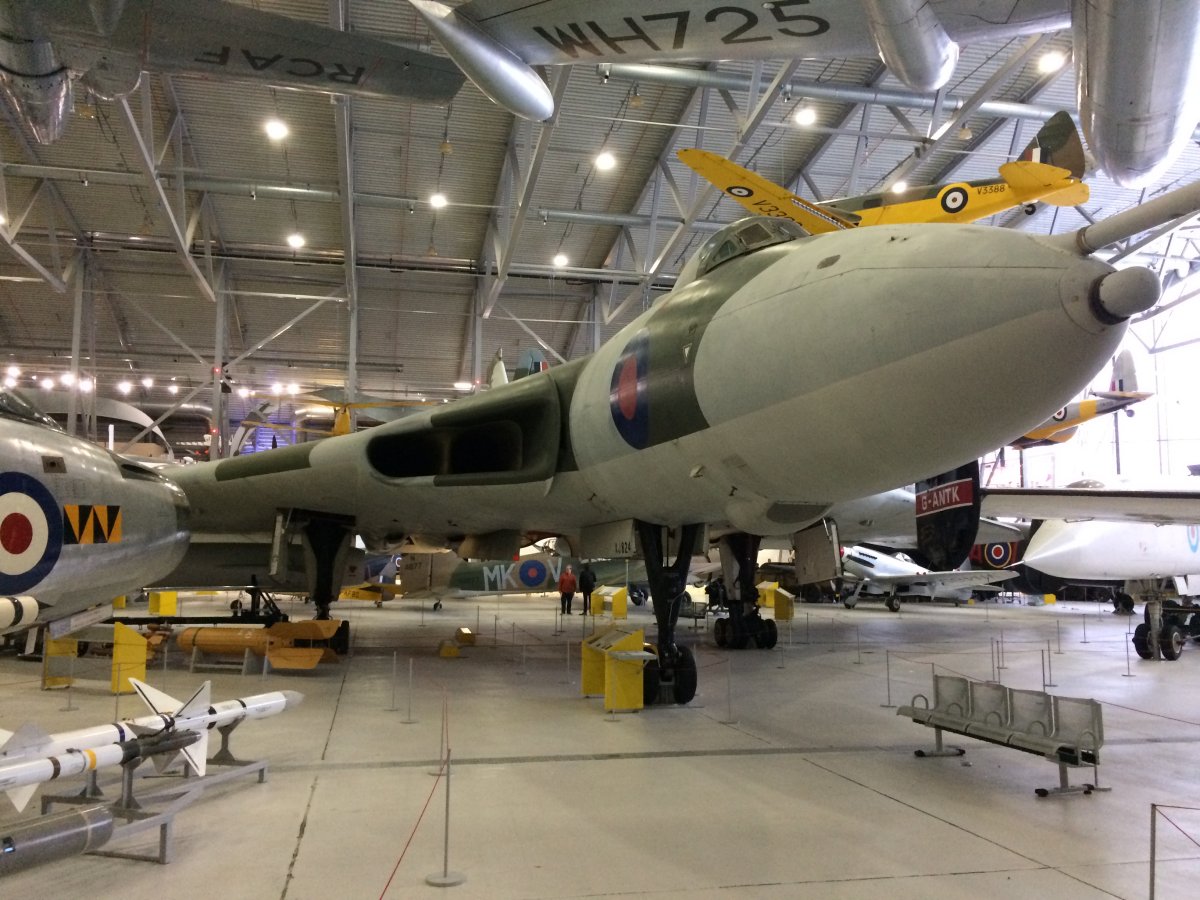 |
|
|
A Panavia Tornado fighter-bomber. Panavia is a company made up of British, German and Italian aircraft manufacturers. Tornados have been serving in the three country's air forces since 1980. The jet has a swing wing like the F-14 Tomcat. Tornadoes saw action in both Iraq wars: 1991 and 2003.
|
| |
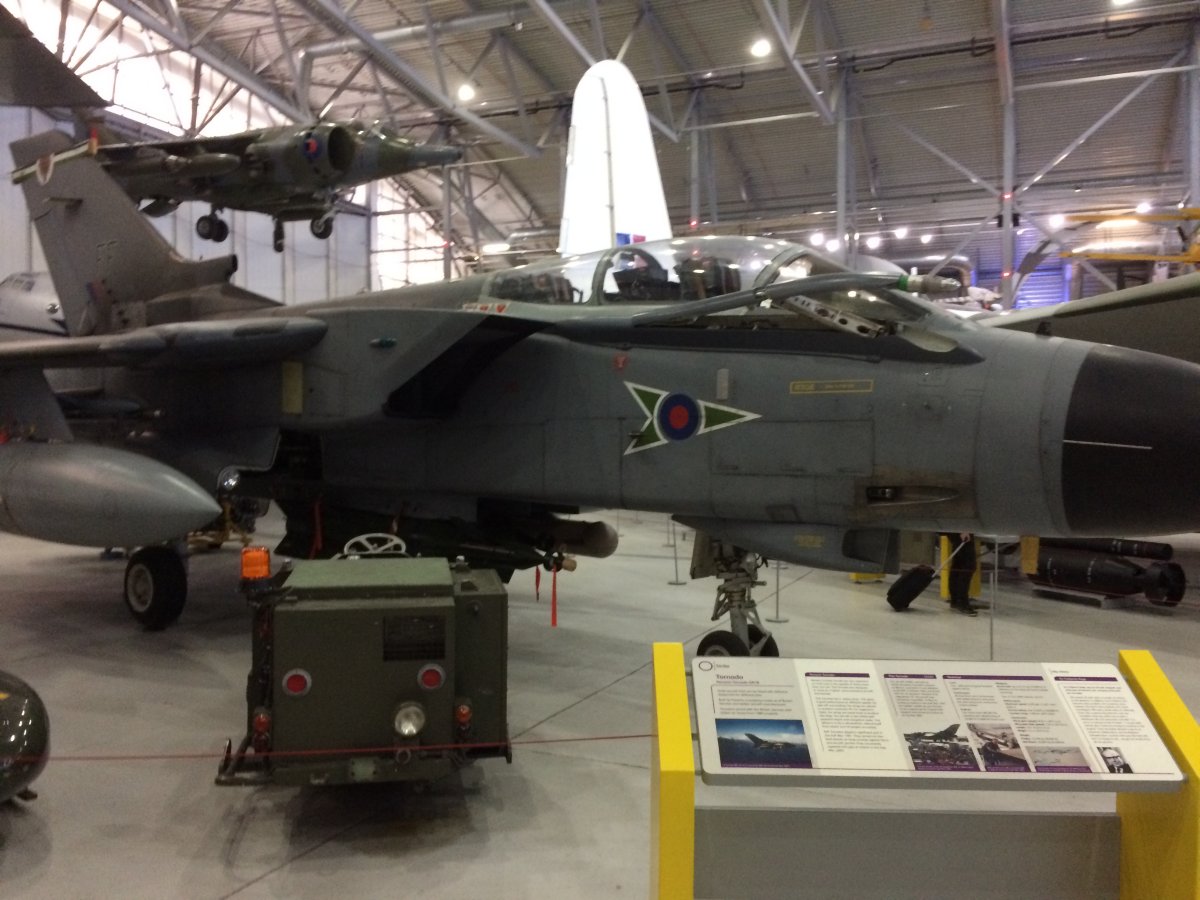 |
|
|
One of my favorites: the Fairley Swordfish biplane torpedo bomber, operated off aircraft carriers. Nicknamed "Stringbag". It entered service in 1936 and served throughout the war. Over 2,300 were built.
Despite their slwo speed, the Stringbags were able to sink one Italian battleship and damage two others at Taranto in 1940, and damage the German Battle Bismarck enough so that the the Royal Navy could catch her and sink her in 1041.
|
| |
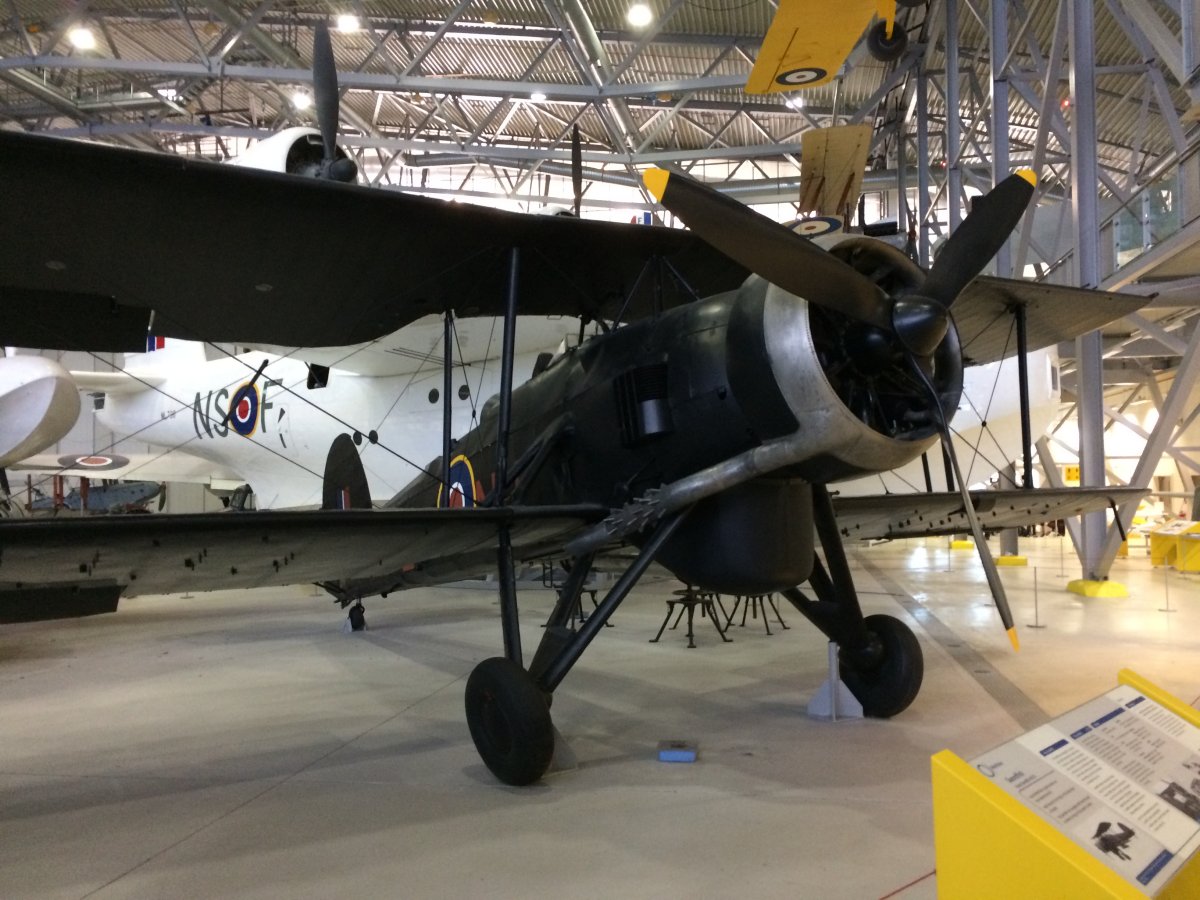 |
|
| An aerial torpedo of the type that hit Battleship Bismarck in the rudder and crippled her. |
| |
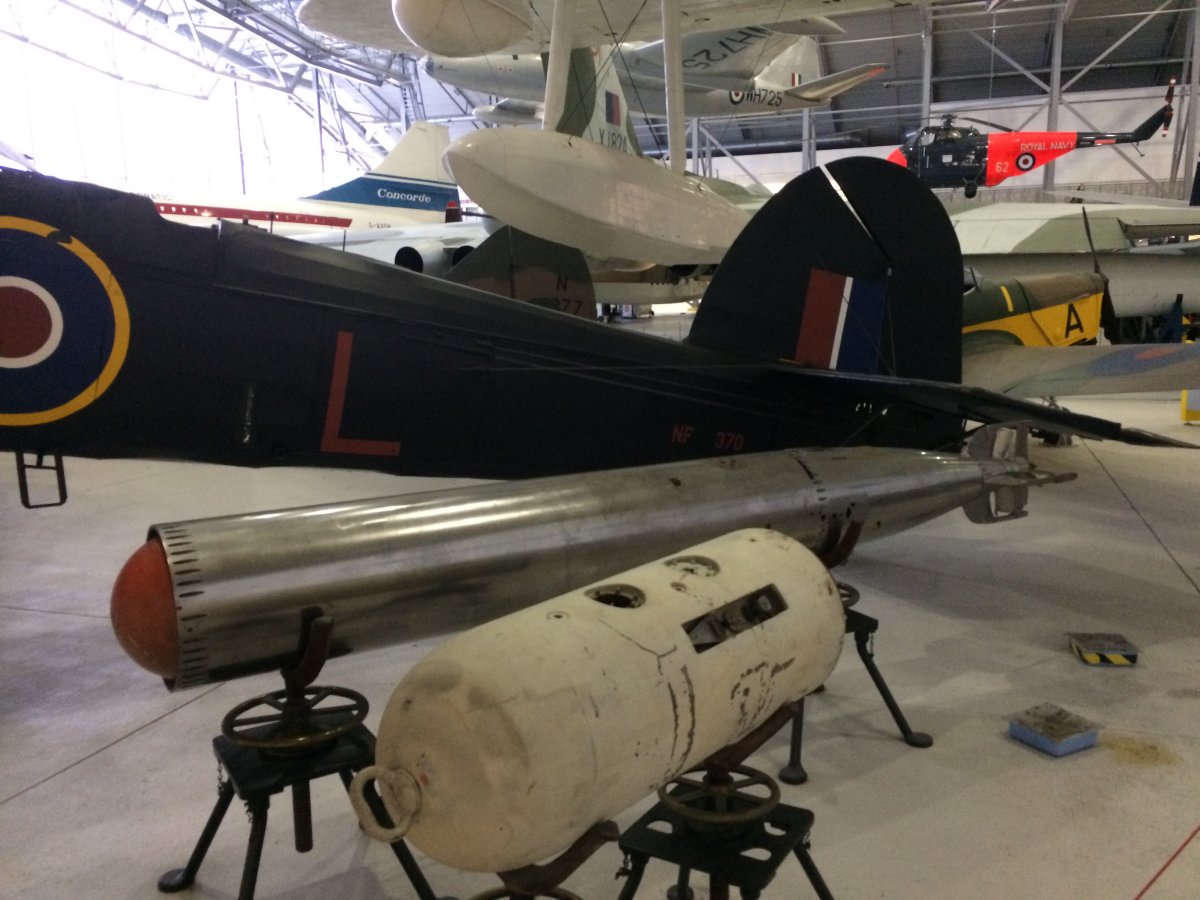 |
|
|
A DH9 World War One British strategic bomber. (Hey, you gotta start somewhere!)
|
| |
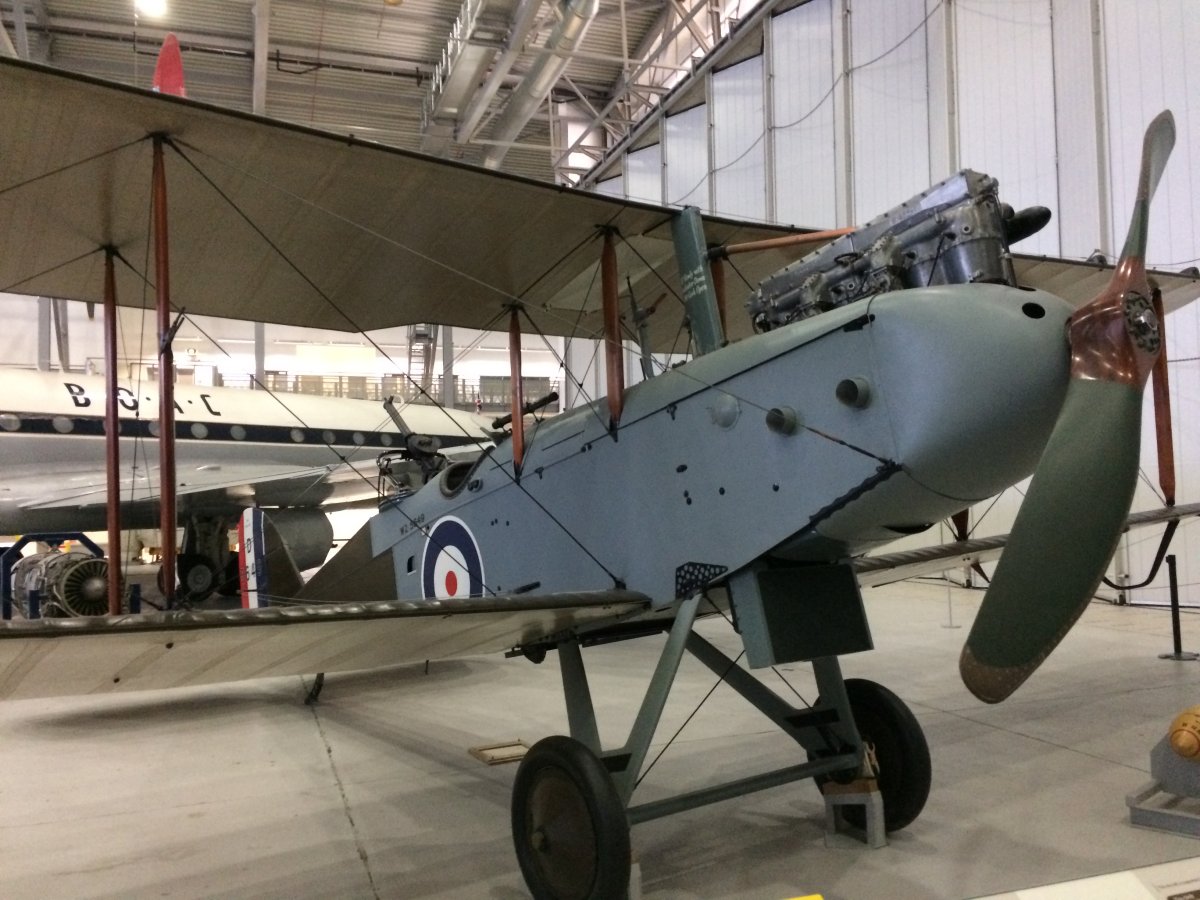 |
|
|
The next stop was the Flying Aircraft hangar. Here, privately owned aircraft are restored, maintained and prepared for flight.
Here is a British Martlet, better known as the F4F Wildcat. Over 1,100 were operated by the Fleet Air Arm of the Royal Navy.
|
| |
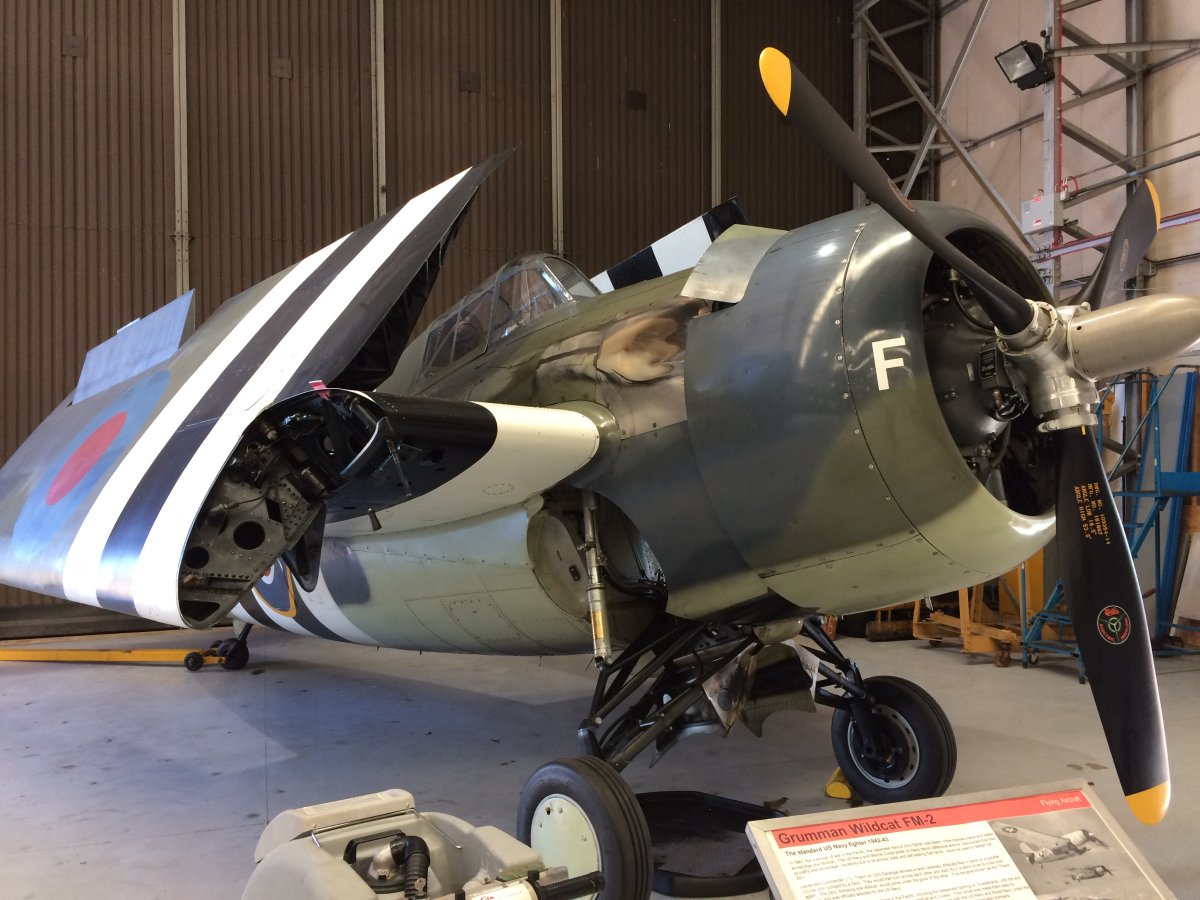 |
|
| The Royal Navy Fleet Air Arm operated almost 2,000 Chance Vaught F4U Corsairs during World War II. Royal Navy aviators found carrier landing accidents less of a problem than they had been to U.S. Navy aviators, thanks to the curved approach they used: British units solved the landing visibility problem by approaching the carrier in a medium left-hand turn, which allowed the pilot to keep the carrier's deck in view over the anhedral in the left wing root. This technique was later adopted by U.S. Navy and Marine fliers for carrier use of the Corsair. |
| |
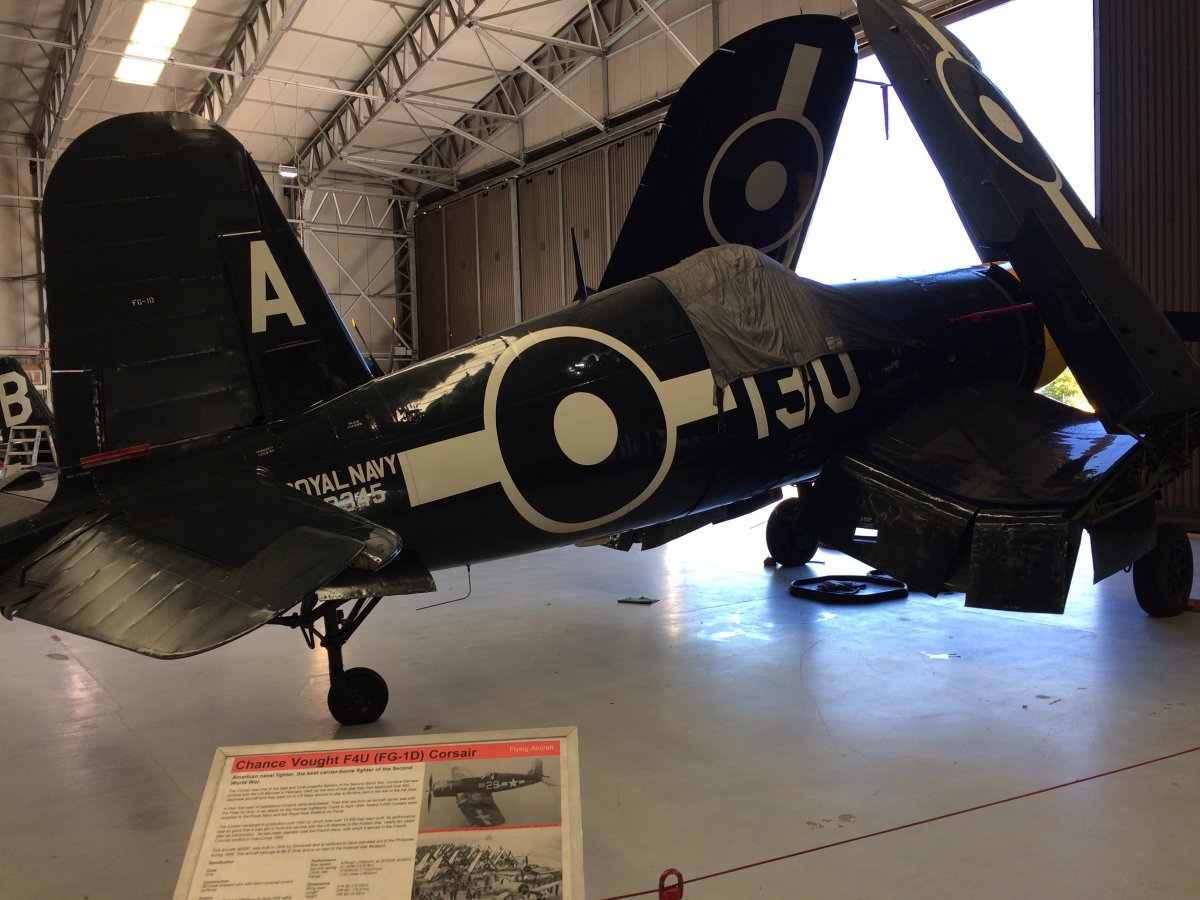 |
|
| Beautiful F8F Bearcat. |
| |
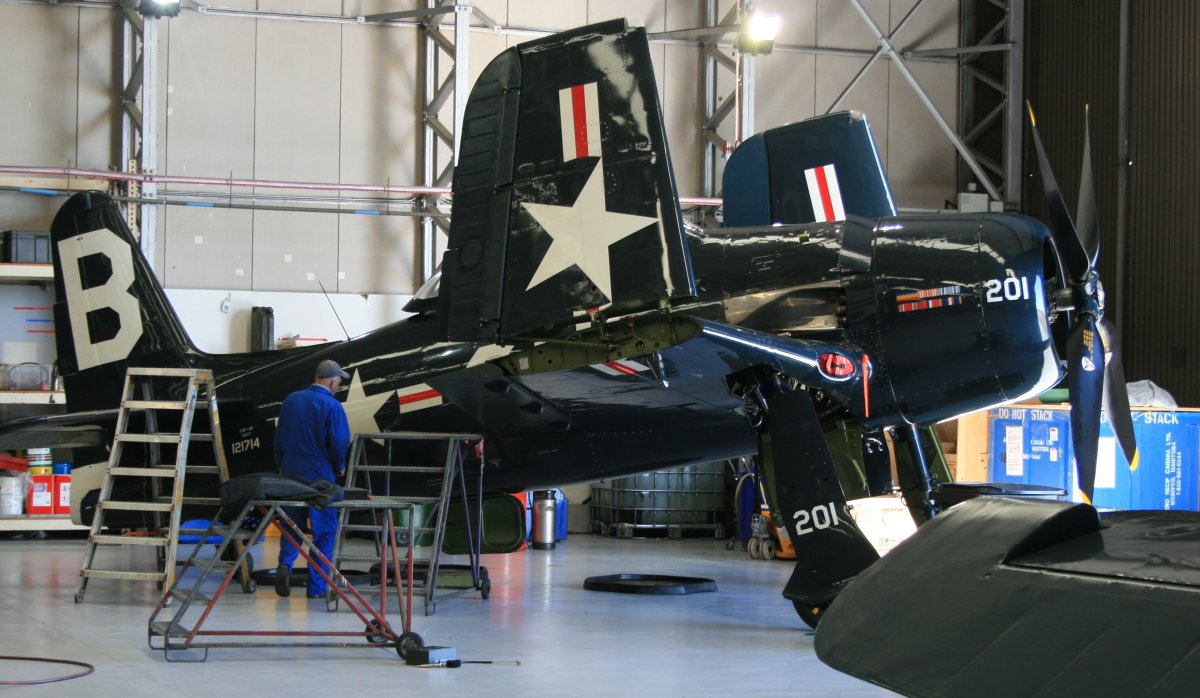 |
|
|
A Curtiss Hawk H75, an American fighter used by the French in 1940. It was known in the US Army Air Force as the P-36. Some were in action at Pearl Harbor on December 7, 2941.
|
| |
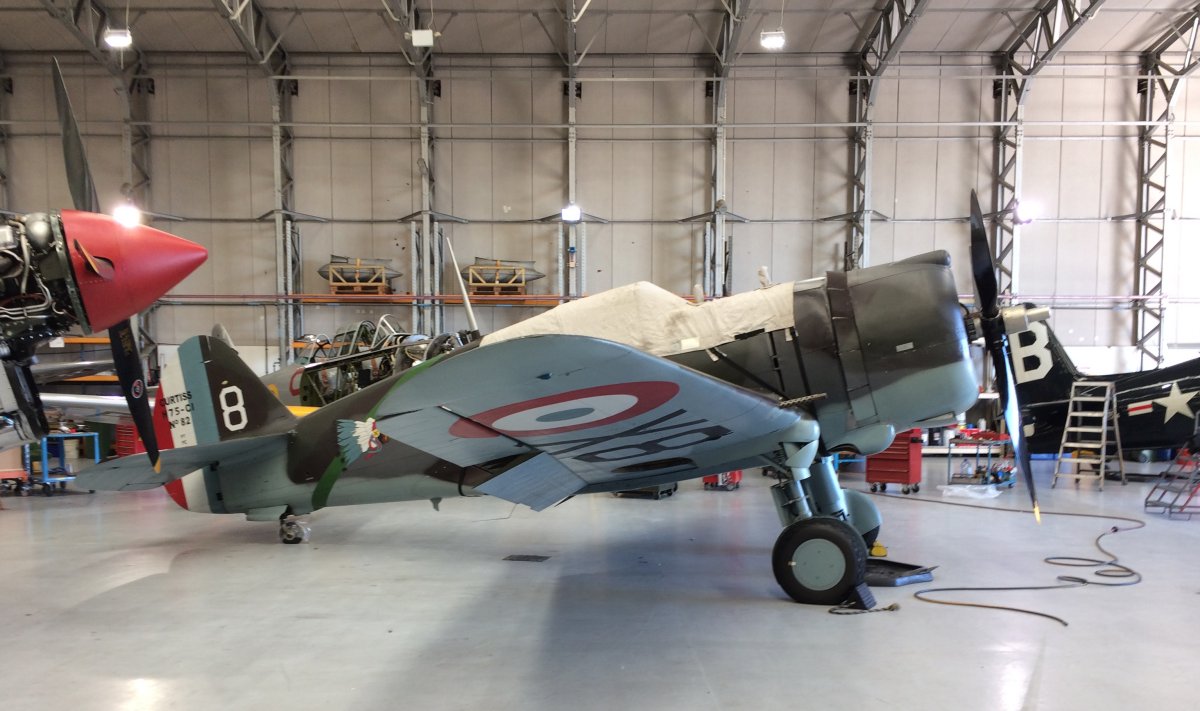 |
|
| A P-40 Warhawk. The RAF used these in North Africa against ME-109s. |
| |
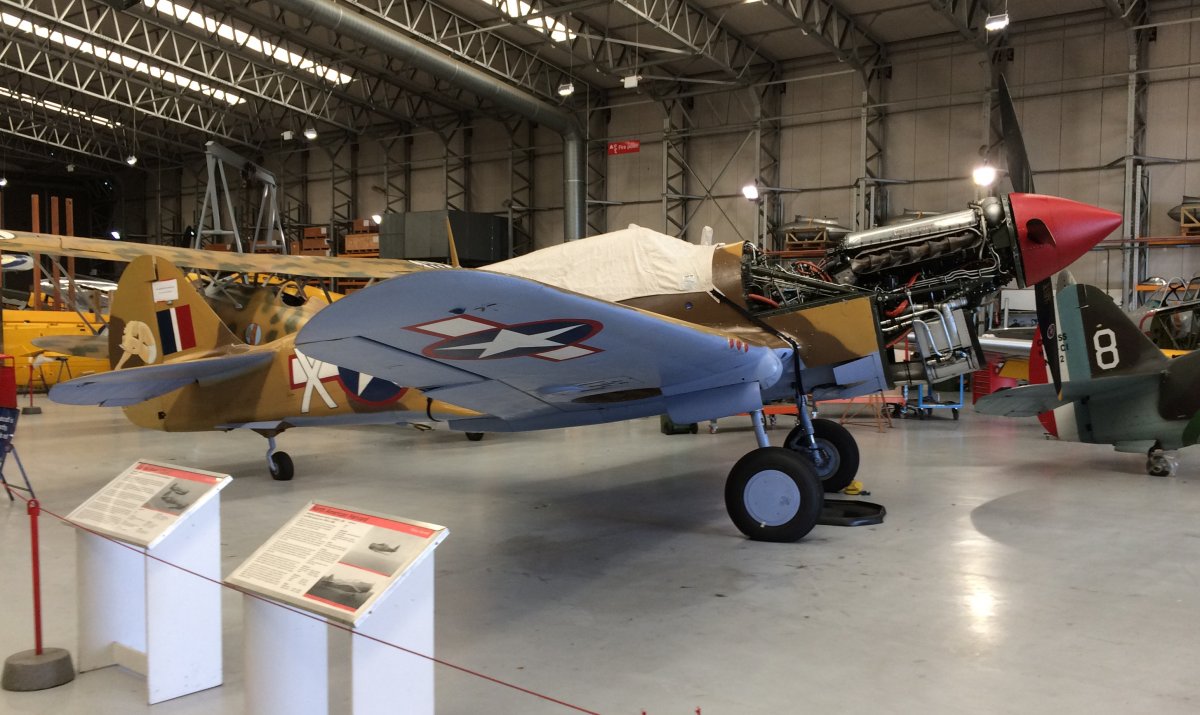 |
|
|
A Gloster Gladiator, the last Royal Air Force biplane fighter.
|
| |
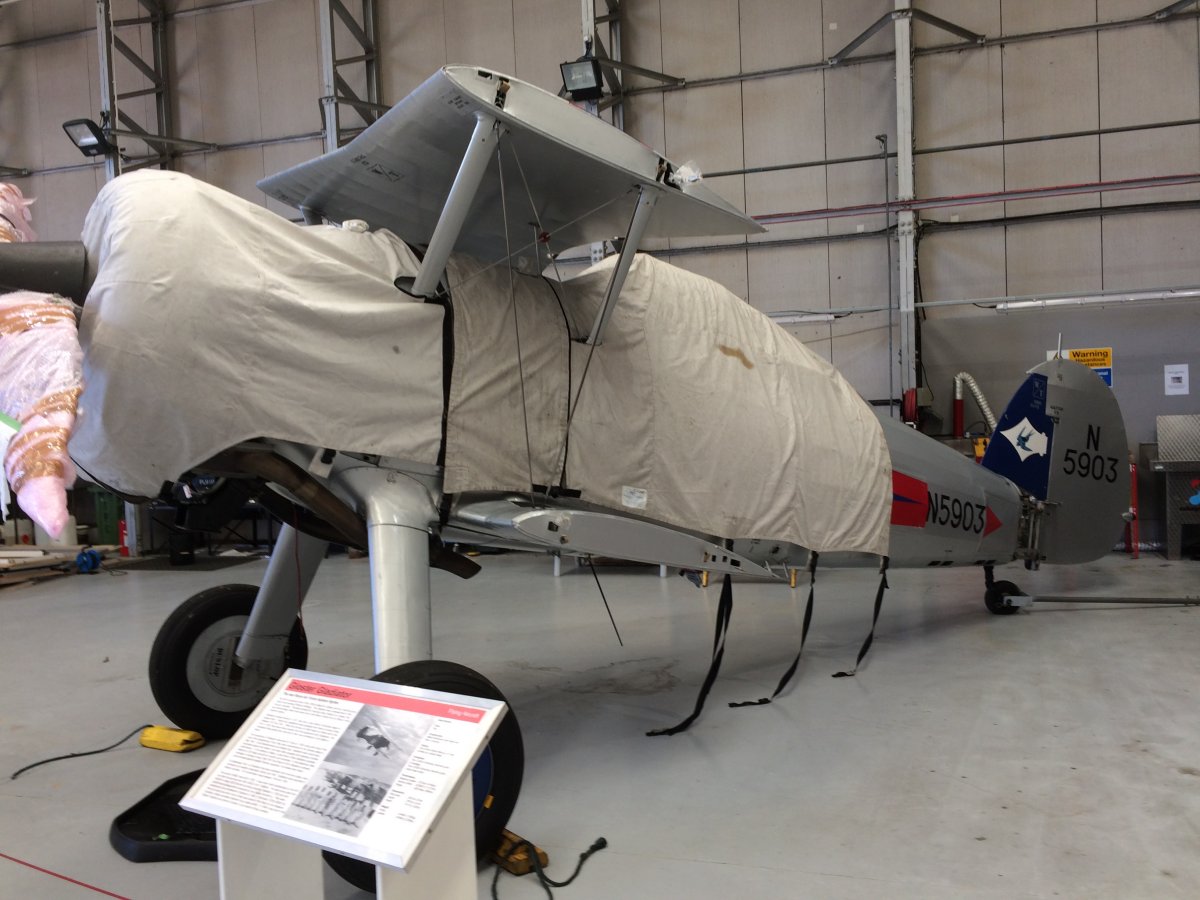 |
|
| A Hawker Sea Fury missing a few parts. |
| |
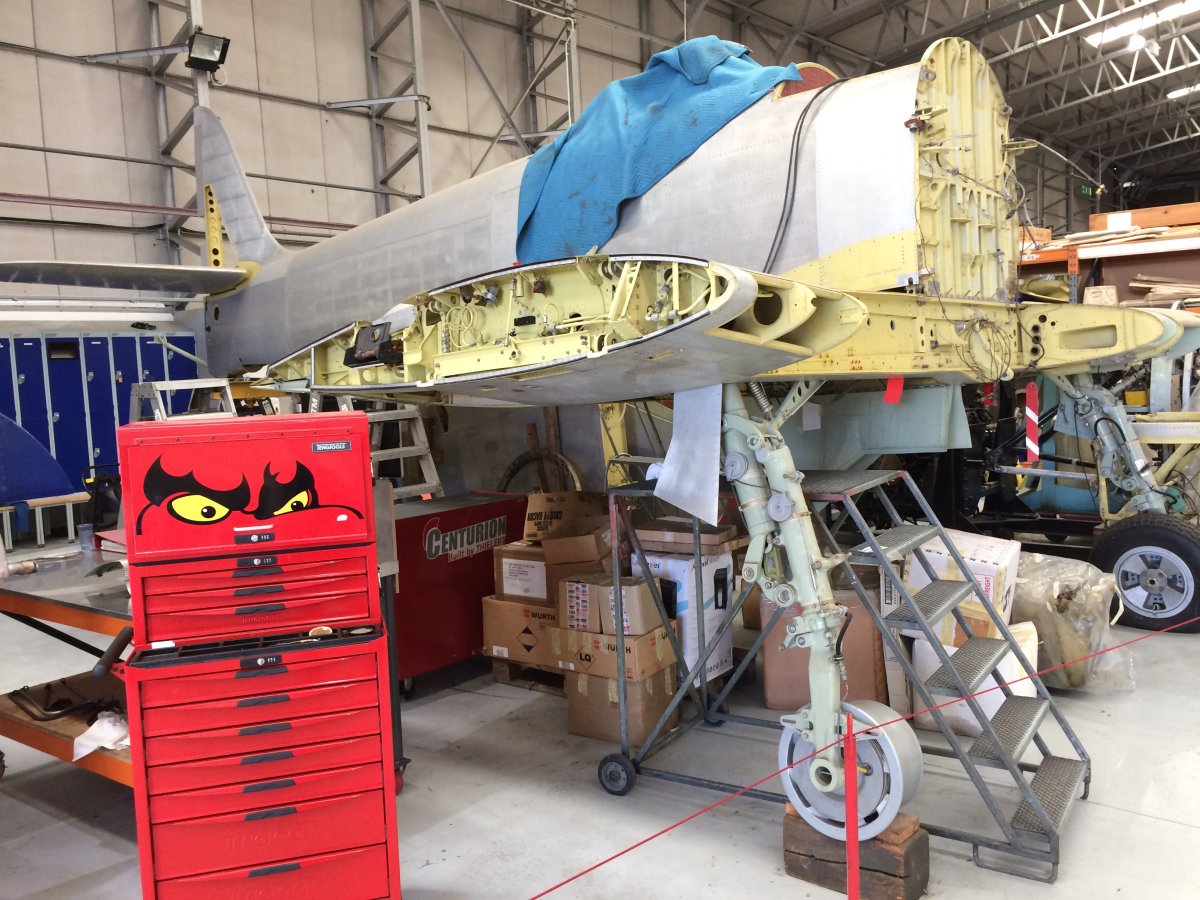 |
|
| A Bristol Beaufighter, used by the British in WWII as a radar-equipped night fighter. They could also carry torpedoes and were used in a maritime strike role. They were also used for ground attack. Over 5,500 were built. |
| |
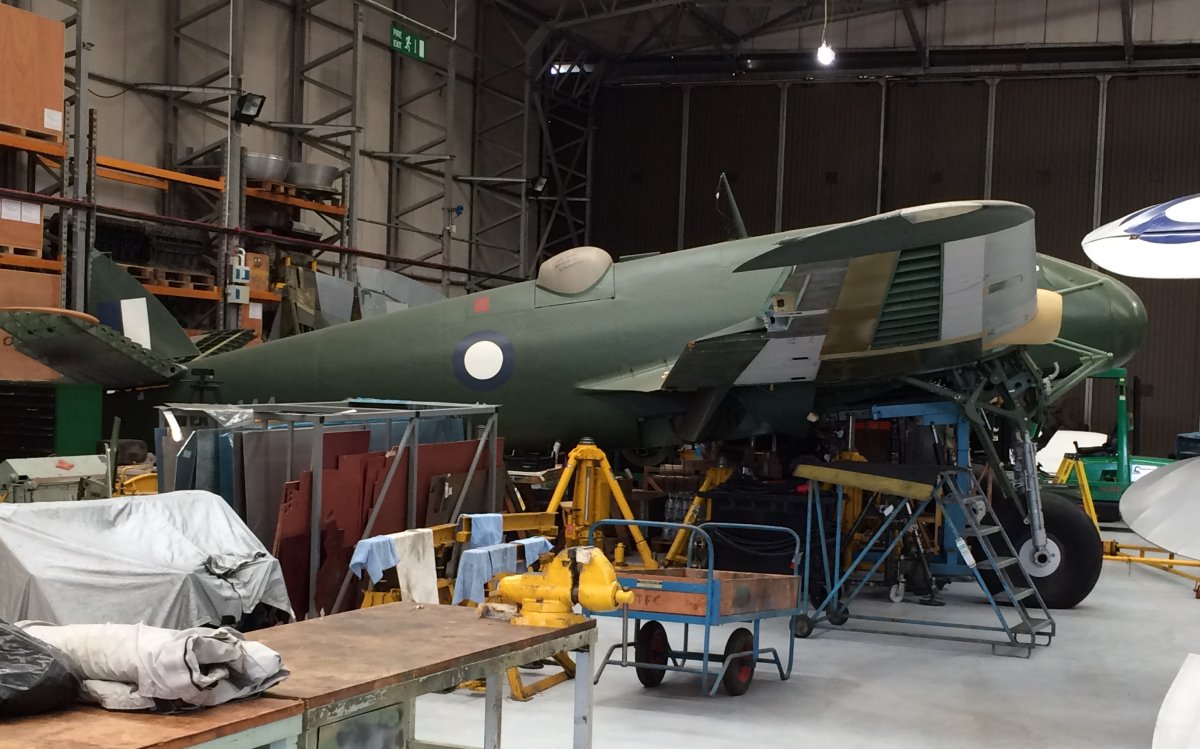 |
|
|
And of course what British aviation museum would be complete without a Spitfire. Here are three.
I liked this hangar because it was filled with real flying aircraft: airworthy, in maintenance, or being restored.
|
| |
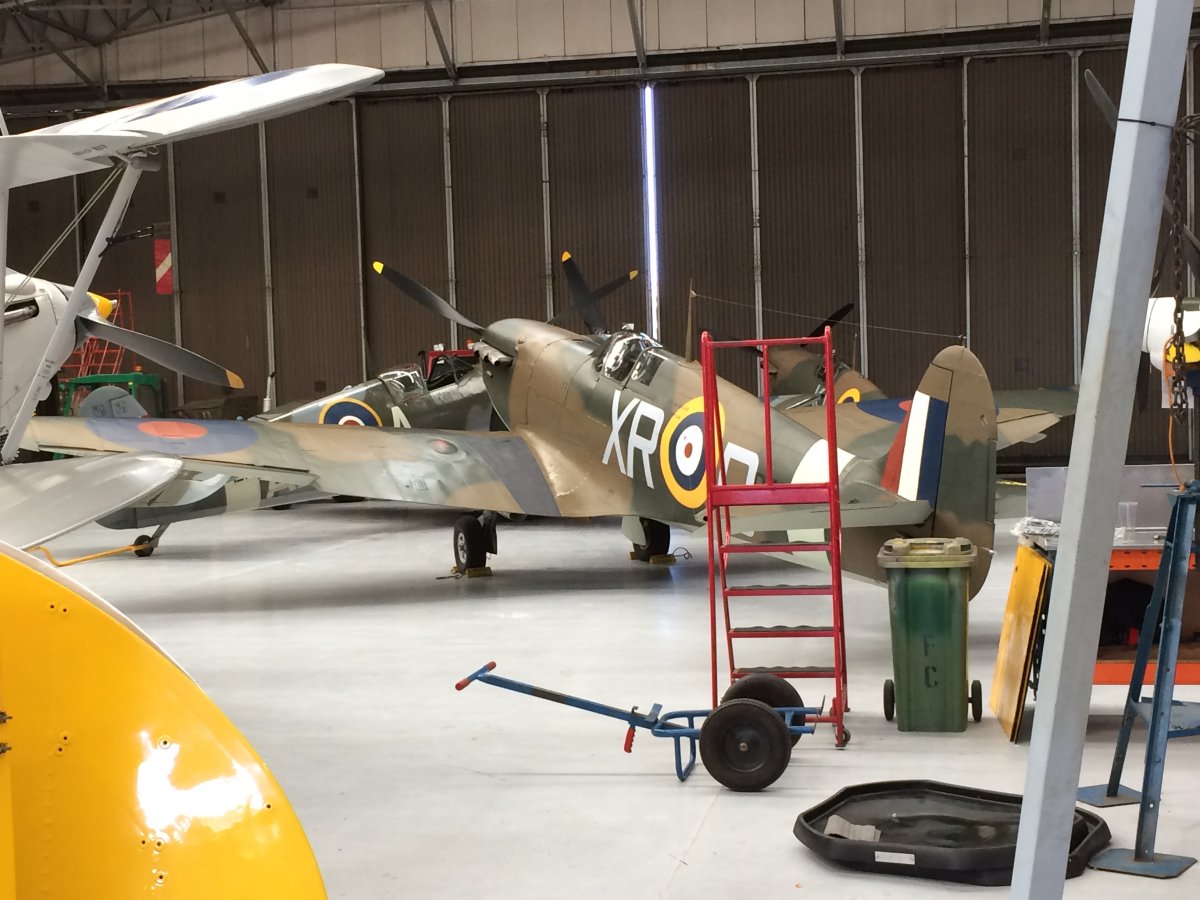 |
|
|
An aeriail view of Duxford Airfield. Parts of the 1968 Battle of Britain film were shot here, since the older hangars existed in 1940. Duxford itself was not bombed during the Battle of Britain.
|
| |
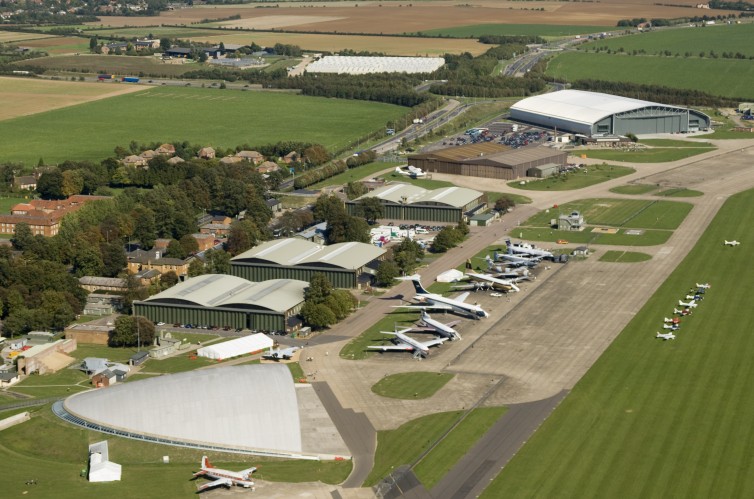 |
|
| |
| |
|
|
|
|
|
|




























